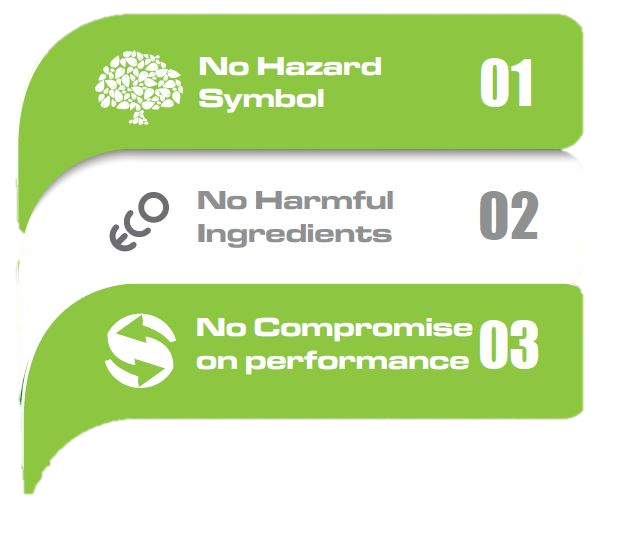Cyanoacrylates
The increasing use of cyanoacrylate adhesives in industry is due to many factors e.g. the ability to join dissimilar materials; the advantage of lighter assemblies and a reduction in joint stresses; a reduced assembly time and improvement in the aesthetics of finished products. Cyanoacrylate adhesives are solvent-free systems which are applied as liquids and cure in the presence of humidity.
The increasing use of cyanoacrylate adhesives in industry is due to many factors e.g. the ability to join dissimilar materials; the advantage of lighter assemblies and a reduction in joint stresses; a reduced assembly time and improvement in the aesthetics of finished products. Cyanoacrylate adhesives are solvent-free systems which are applied as liquids and cure in the presence of humidity.
Mechanism of Cyanoacrylate Cure




The cyanoacrylate cure mechanism is unique and does not require heating, the addition of activator or the evaporation of solvents. Cyanoacrylate adhesives are stabilised by an acidic stabiliser which inhibits polymerization of the adhesive molecules and keeps the
product in a liquid state in the container.
product in a liquid state in the container.
When the adhesive is applied to the surface to be bonded, the stabiliser is neutralised by the alkalinity of the substrate or by partly ionized molecules of water. Microscopic amounts of moisture are normally present on all surfaces exposed to the atmosphere.
Polymerisation is initiated and the cyanoacrylate adhesive changes from a liquid to a load bearing structural polymer. During the polymerisation process, chains of adhesive molecules build up along the bond line. Adhesion is achieved by attraction with molecules of the material to be bonded. These chains link together in a complex structure that produces a bond between the two surfaces.
RiChem cyanoacrylates are manufactured to the highest purity to meet the varied requirements of manufacture, maintenance and repair.
» View Specifications <Cyanoacrylates.pdf>
» View Specifications <Cyanoacrylates.pdf>









